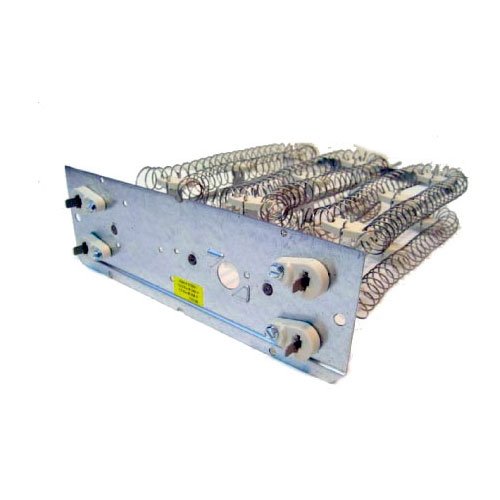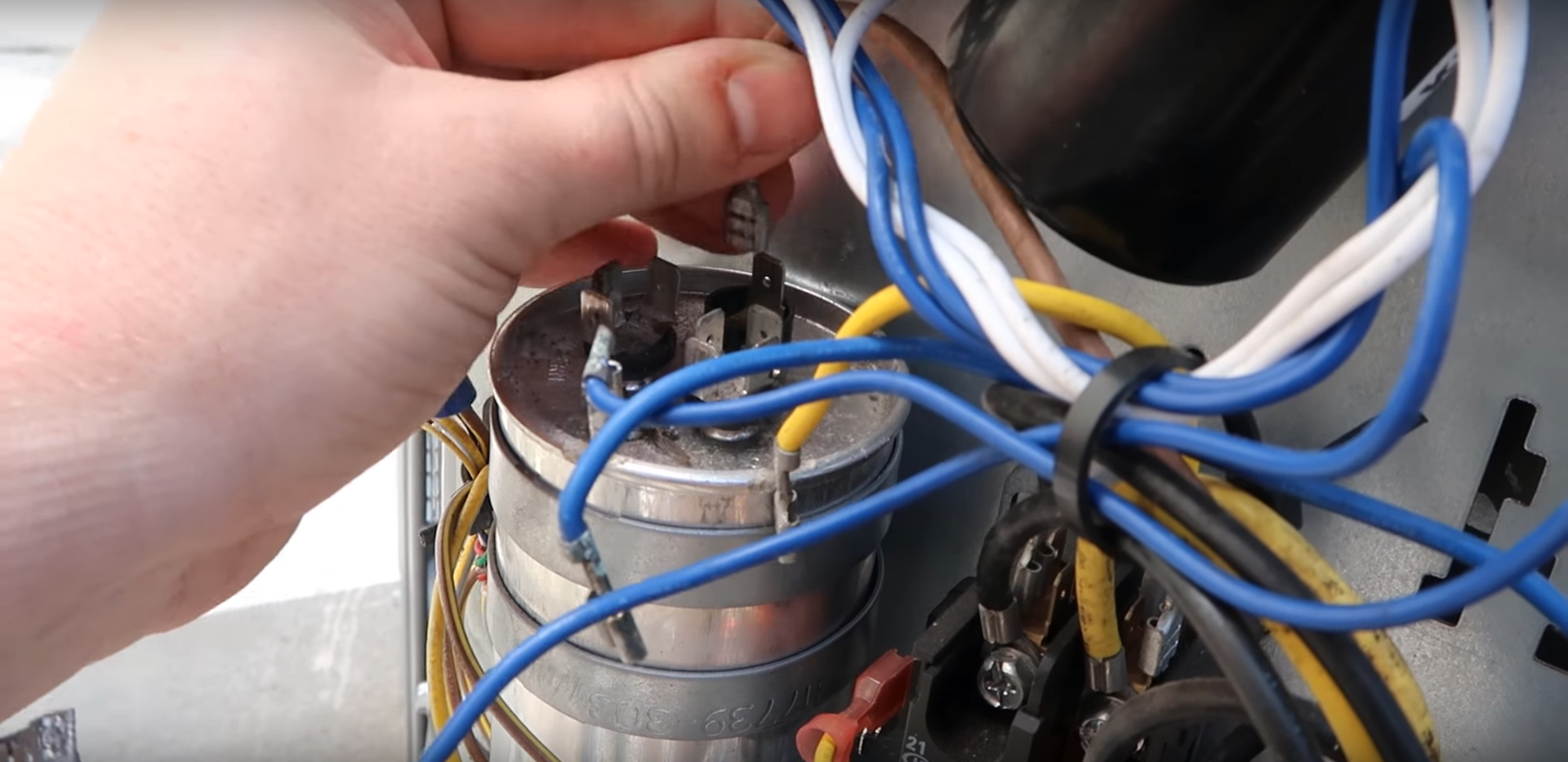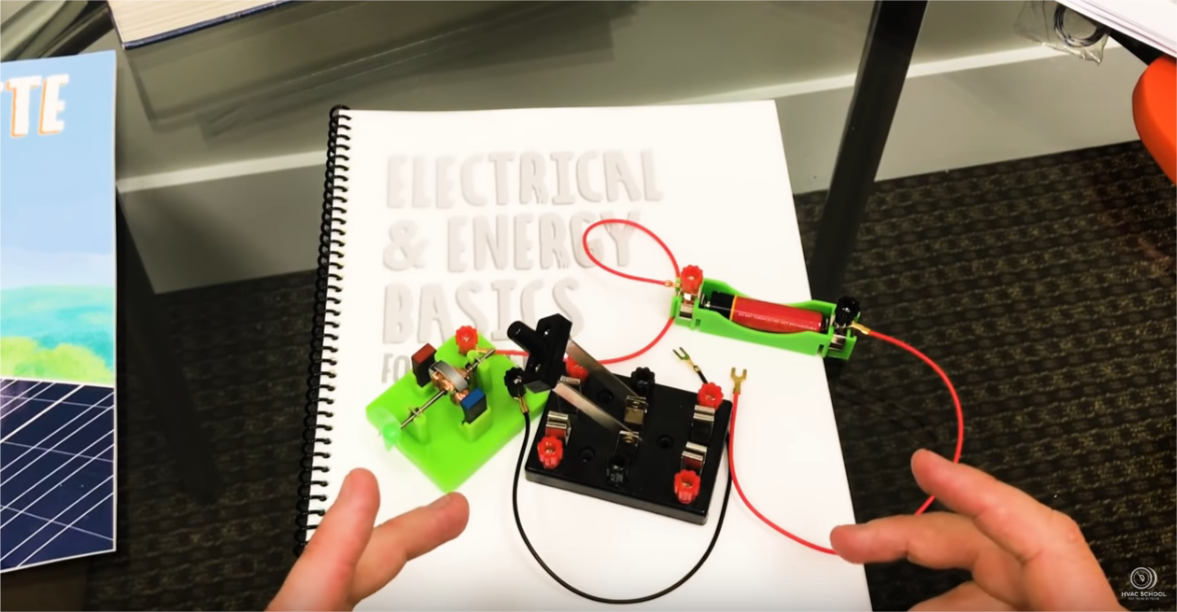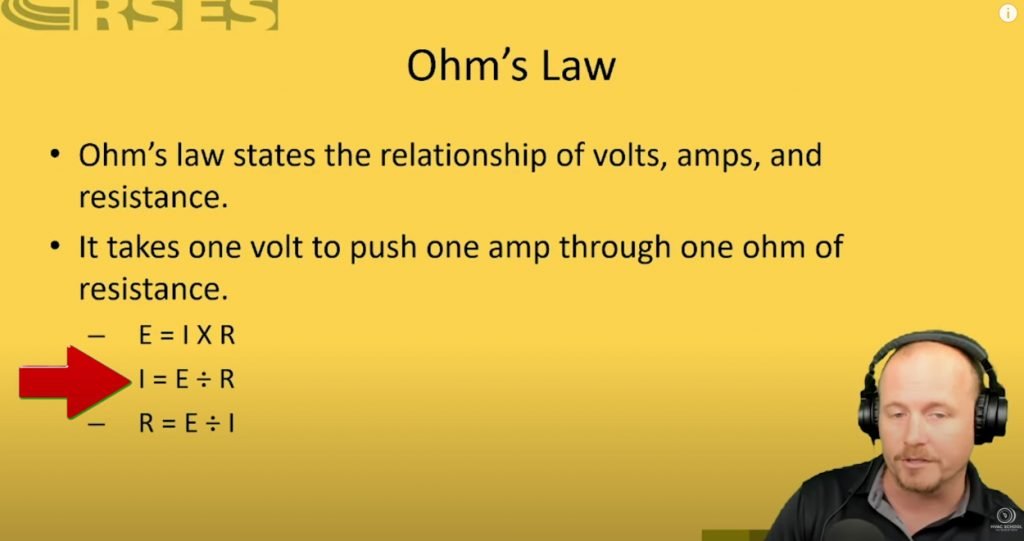Basic Electrical Circuits
By Bryan Orr
October 10, 2016
Basic Electrical Circuits
Related Tech Tips

I started working as a tech when I was 17 years old, fresh out of trade school. My first winter out on my own, I went to a service call in an older part of Orlando, a part of town I had never worked in before. It was an especially cold winter that year, and […]
Read more
This article was inspired by an email we received from a viewer of our HVAC School YouTube channel, Jim Holbrook. Thank you, Jim! Disclaimer: This article is written to help educate you and hopefully save lives. We are NOT an authority on the topic. OSHA, as well as company best practices and risk assessments, should […]
Read more
That picture above is a WW2 poster reminding soldiers of informed self-interest, which is something we ought to consider when making decisions. We live in a world where we often make decisions quickly and expect to see quick results. That works whenever I buy from Amazon. I order a new belt, and it shows up […]
Read more








Comments
#10 is a bit misleading. Yes it makes no difference but the question asked what’s the best way…I’d rather have the 12 gauge first in case I unplug the 16 gauge for a power tool that requires higher amps.
#10 is a bit misleading. Yes it makes no difference but the question asked what’s the best way…I’d rather have the 12 gauge first in case I unplug the 16 gauge for a power tool that requires higher amps.
I got me to.
I got me to.
Fair enough
Fair enough
If you have two 10w bulbs un series wont they draw half the amount of wattage each bejng 5w, still making total power consumed by the circuit 10w?
I got 9/10 except for this one…
If you have two 10w bulbs un series wont they draw half the amount of wattage each bejng 5w, still making total power consumed by the circuit 10w?
I got 9/10 except for this one…
No, both TOGETHER will draw half so each would be 1.25W when in series.
No, both TOGETHER will draw half so each would be 1.25W when in series.
Yeah I got it wrong too. I should have taken the time to run the numbers in my head. Double the resistance halves the current. You then split the voltage drop across each load so you get half the voltage times half the current across each load. 1/2 X 1/2 = 1/4. 1/4 times 2 equals 1/2. Damn.
Yeah I got it wrong too. I should have taken the time to run the numbers in my head. Double the resistance halves the current. You then split the voltage drop across each load so you get half the voltage times half the current across each load. 1/2 X 1/2 = 1/4. 1/4 times 2 equals 1/2. Damn.
Number 6 question is wrong in a series circuit the wattage would increase. Series circuits amperage stays the same voltage adds so if you have 2 10w bulbs connected to 120v supply then the bulbs would produce 0.1666 amps each a single bulb would be 0.0833 amps. the wattage would be 10w for a single bulb or 20w for two bulbs. a light bulb is a fixed resistance it will not reduce in resistance in a series circuit.
Number 6 question is wrong in a series circuit the wattage would increase. Series circuits amperage stays the same voltage adds so if you have 2 10w bulbs connected to 120v supply then the bulbs would produce 0.1666 amps each a single bulb would be 0.0833 amps. the wattage would be 10w for a single bulb or 20w for two bulbs. a light bulb is a fixed resistance it will not reduce in resistance in a series circuit.
Ohms law shows us that as resistance increases amperage (and thus wattage) decrease
Ohms law shows us that as resistance increases amperage (and thus wattage) decrease
Hello Kevin. It isn’t wrong, it’s just deceiving because while bulb is marked with a wattage is is actually just a fixed resistor.
Hello Kevin. It isn’t wrong, it’s just deceiving because while bulb is marked with a wattage is is actually just a fixed resistor.
Bryan Orr, you’re my hero.
But seriously, I’ve listened to all your podcasts and I am a strong supporter. I am working on an electrical trainer for our new techs right now with basic circuits, and am also trying to put together a curriculum for a training program for the company. Glad to see like minds out there!
Bryan Orr, you’re my hero.
But seriously, I’ve listened to all your podcasts and I am a strong supporter. I am working on an electrical trainer for our new techs right now with basic circuits, and am also trying to put together a curriculum for a training program for the company. Glad to see like minds out there!
I’ve never been a hero before… it feels… weird 🙂
Thanks for the support man, feel free to use anything we have on the site.
I’ve never been a hero before… it feels… weird 🙂
Thanks for the support man, feel free to use anything we have on the site.
it been a while
it been a while
Yes…series vs parrellell rules…
Yes…series vs parrellell rules…
Question #6 isn’t very specific. It just states if you have 2 10W bulbs the wattage would? Well it would stay the same ie the answer is neither…. As nothing has changed. it doesn’t say if you had one bulb and then ADDED a 2nd bulb the wattage would then do what?
Question #6 isn’t very specific. It just states if you have 2 10W bulbs the wattage would? Well it would stay the same ie the answer is neither…. As nothing has changed. it doesn’t say if you had one bulb and then ADDED a 2nd bulb the wattage would then do what?
Hello, how can I move out of the way the ” little man Icon ” to be able to read the other person comments. Thank you
Hello, how can I move out of the way the ” little man Icon ” to be able to read the other person comments. Thank you
NO EXCUSES. DID IT ON THE FLY BUT IT ENFORCES THE FACT THAT THE FUNDAMENTALS ARE SO IMPORTANT AND ALWAYS NEED TO BE REFRESHED WITH US AS WEATHERED TECHNICIANS. YOU SHOULD HAVE SEEN THE DEBATE I AND ANOTHER TECH (76 YEARS YOUNG)HAD WITH THESE MILLENNIUM TECHS ON REMOVAL OF NONCONDENSIBLES FROM A R13 CHILLER AS THEY STATED THAT THE BEST WAY IS BLOWING IT OFF THE TOP OF THE CONDENSER.THEY GOT A GOOD LESSON ON R718,717,METHYL CHLORIDE SYSTEMS.
NO EXCUSES. DID IT ON THE FLY BUT IT ENFORCES THE FACT THAT THE FUNDAMENTALS ARE SO IMPORTANT AND ALWAYS NEED TO BE REFRESHED WITH US AS WEATHERED TECHNICIANS. YOU SHOULD HAVE SEEN THE DEBATE I AND ANOTHER TECH (76 YEARS YOUNG)HAD WITH THESE MILLENNIUM TECHS ON REMOVAL OF NONCONDENSIBLES FROM A R13 CHILLER AS THEY STATED THAT THE BEST WAY IS BLOWING IT OFF THE TOP OF THE CONDENSER.THEY GOT A GOOD LESSON ON R718,717,METHYL CHLORIDE SYSTEMS.
Not to knit pick, but the question about motors being an inductive load is a trick question. Motor WINDINGS may be an inductive load, but most motor ASSEMBLIES these days are a capacitive load. That’s the reason many ECM motor assemblies use an inductor on the incoming power line- to bring the current and voltage closer to in phase, lowering overall power consumption.
Not to knit pick, but the question about motors being an inductive load is a trick question. Motor WINDINGS may be an inductive load, but most motor ASSEMBLIES these days are a capacitive load. That’s the reason many ECM motor assemblies use an inductor on the incoming power line- to bring the current and voltage closer to in phase, lowering overall power consumption.
I take issue on #10. You connect electrical cables to an outlet. The thing on the wall is not a “plug”. And yes it does make a difference on the gauge of wire used first. Conceptually we can compare it to air flow. You should start with the least restrictive ending with the most restrictive. The voltage drop will be greater running a smaller extension cord first. Running the thicker extension cable first will terminate that segment at a higher voltage, for the thinner extension cable to start with that higher voltage and then diminish from there. Higher voltage equals less amps (generally speaking on typical devices plugged into an 120 outlet) so there will be less heat generated on both extension cables. We are talking about small amounts, but the question did ask what was best.
I take issue on #10. You connect electrical cables to an outlet. The thing on the wall is not a “plug”. And yes it does make a difference on the gauge of wire used first. Conceptually we can compare it to air flow. You should start with the least restrictive ending with the most restrictive. The voltage drop will be greater running a smaller extension cord first. Running the thicker extension cable first will terminate that segment at a higher voltage, for the thinner extension cable to start with that higher voltage and then diminish from there. Higher voltage equals less amps (generally speaking on typical devices plugged into an 120 outlet) so there will be less heat generated on both extension cables. We are talking about small amounts, but the question did ask what was best.
Tried to take quiz… but wont go past the first question
Tried to take quiz… but wont go past the first question
Try logging in again and retry
Try logging in again and retry
I do not understand question 10 on basic electric circuits. Wouldn’t you want the heavier chord first for the heavier wire can handle more heat? I was always taught to run the heavier chord first.
I do not understand question 10 on basic electric circuits. Wouldn’t you want the heavier chord first for the heavier wire can handle more heat? I was always taught to run the heavier chord first.
To leave a comment, you need to log in.
Log In